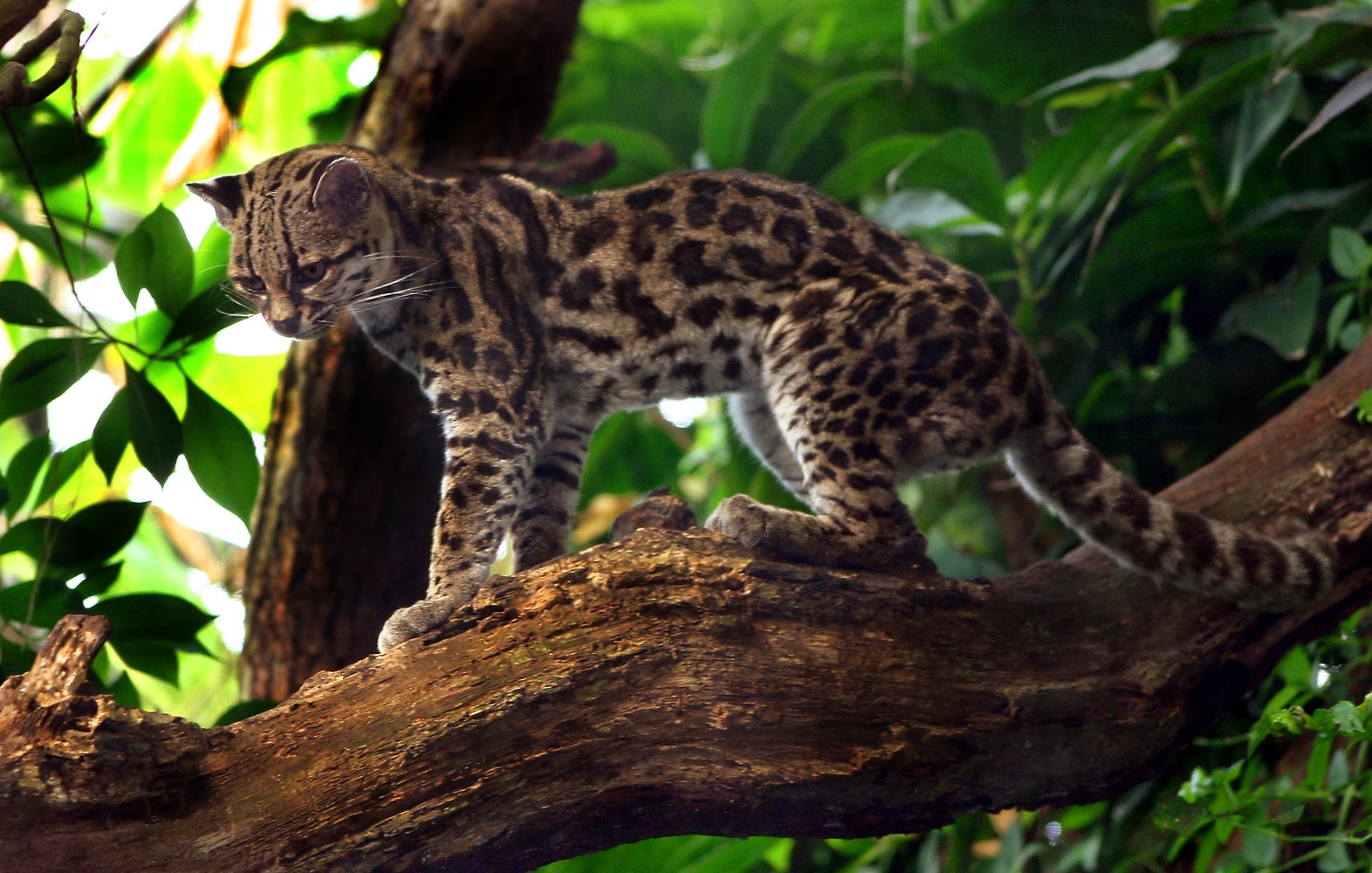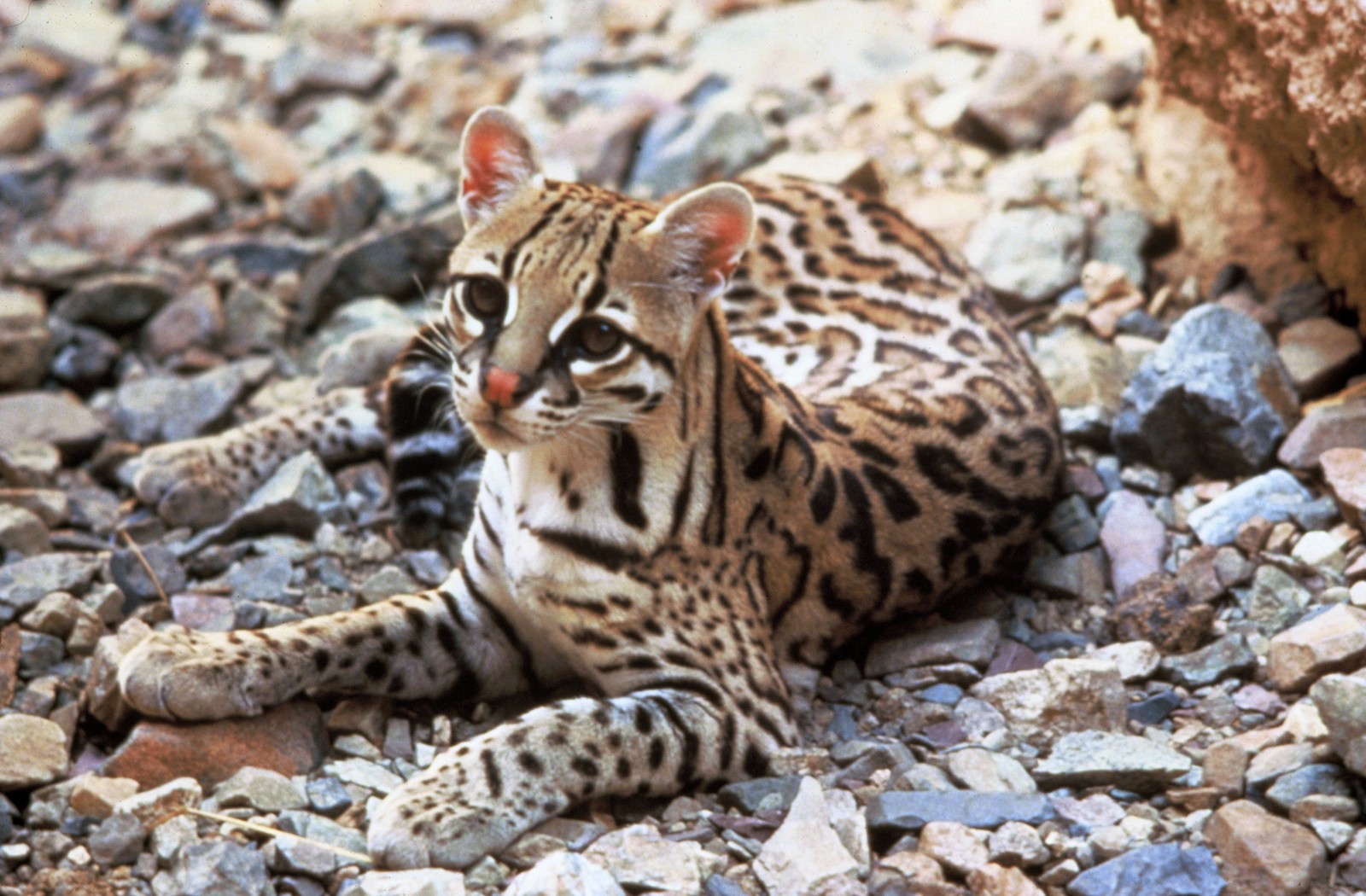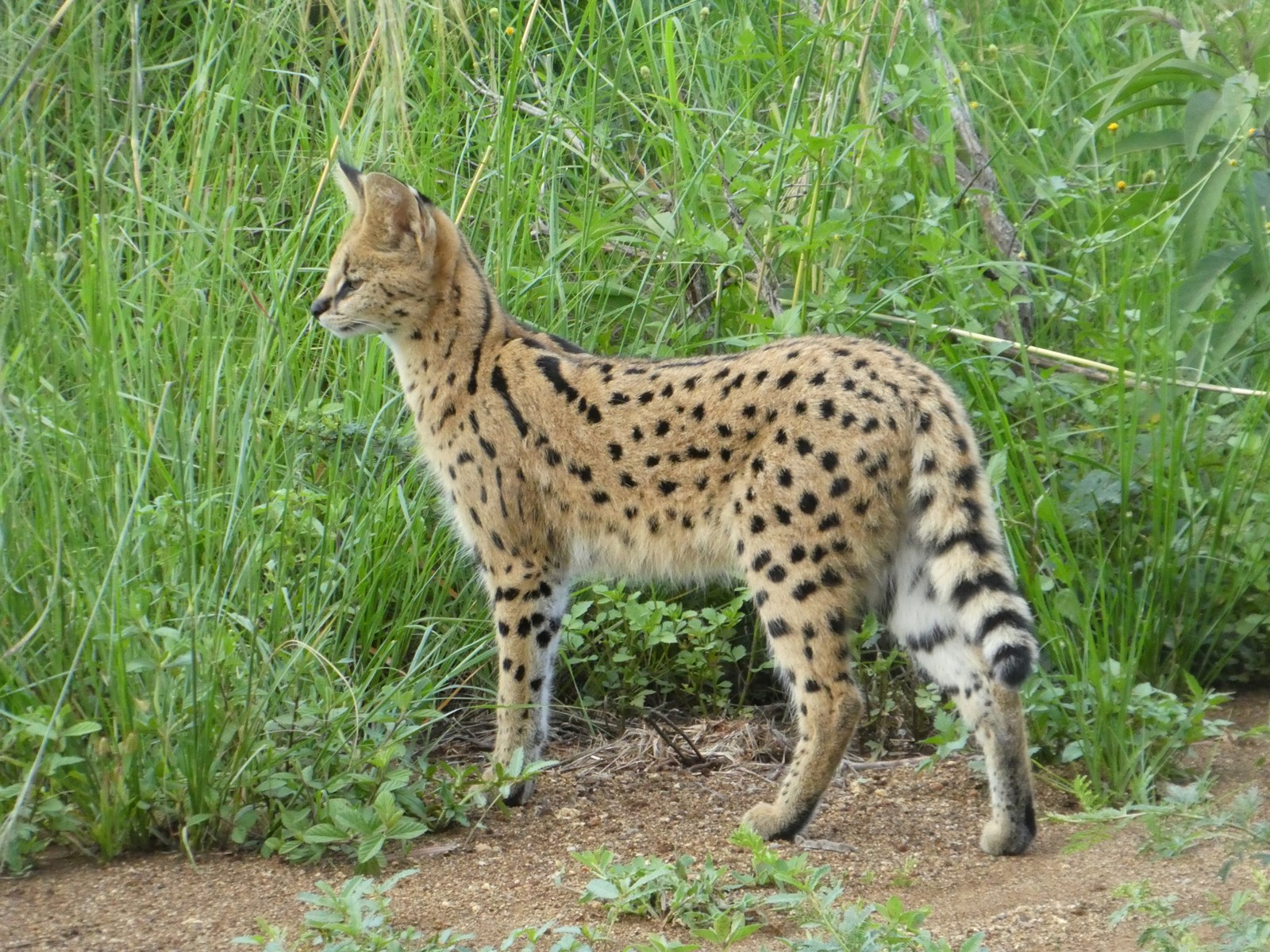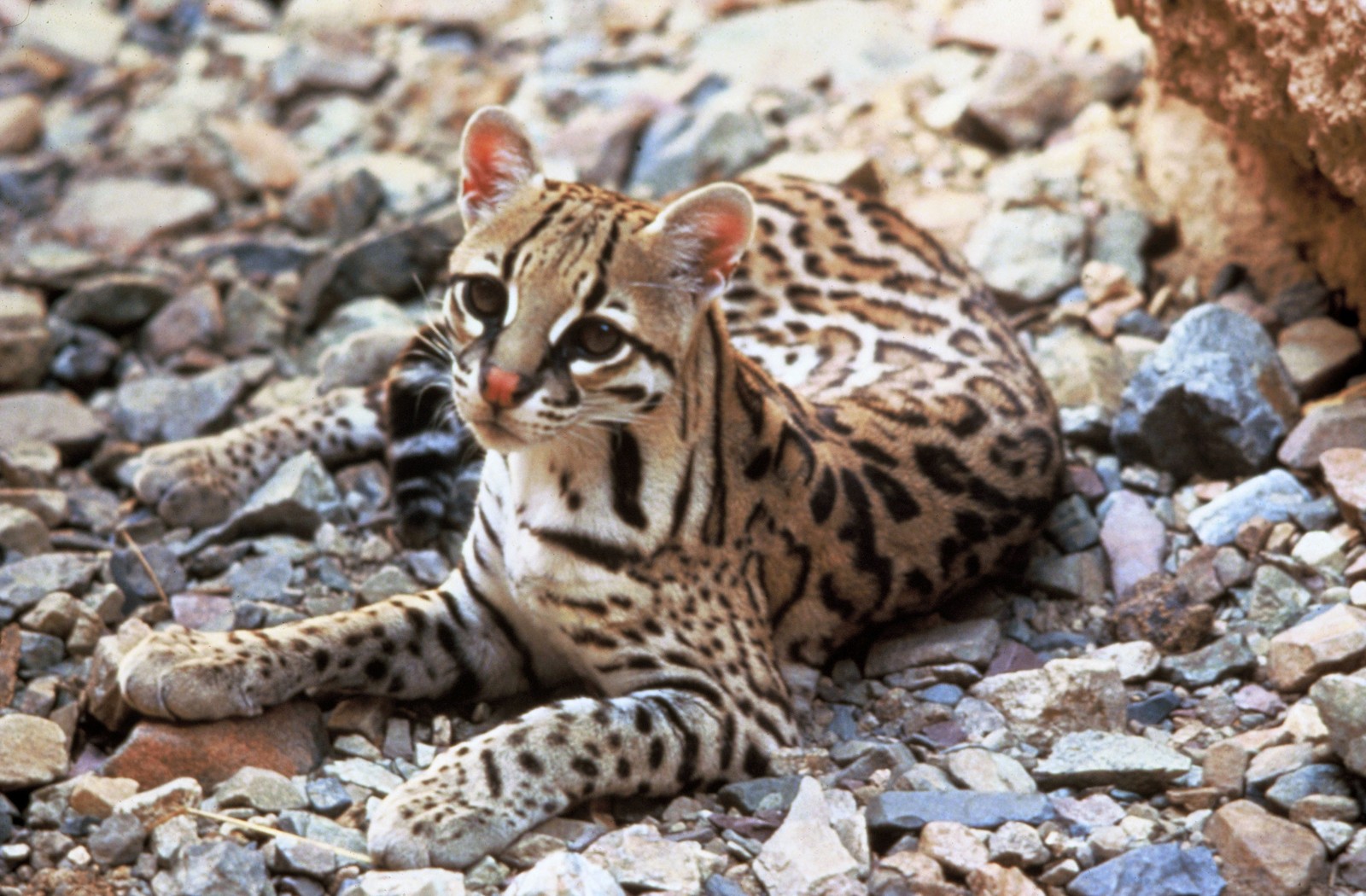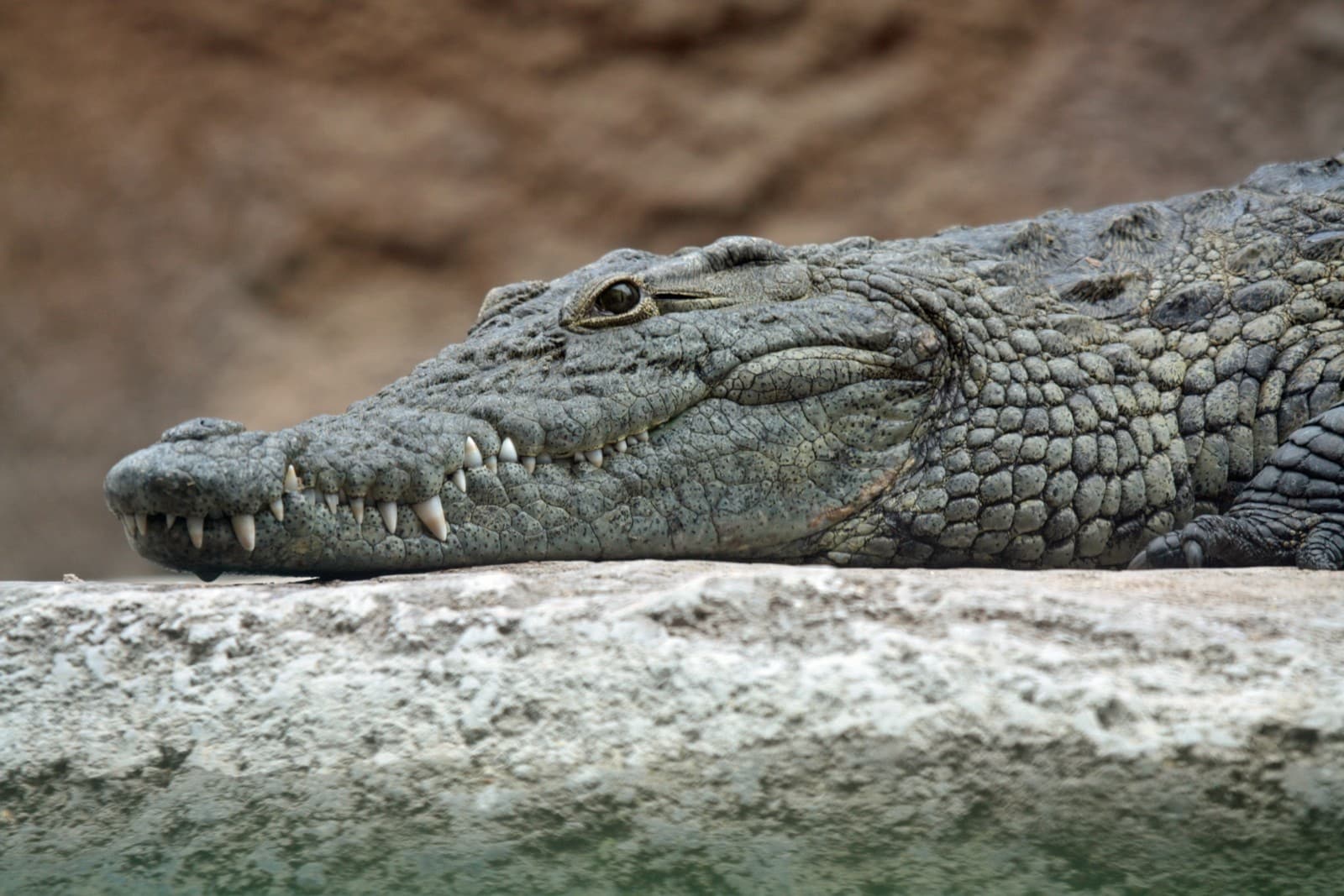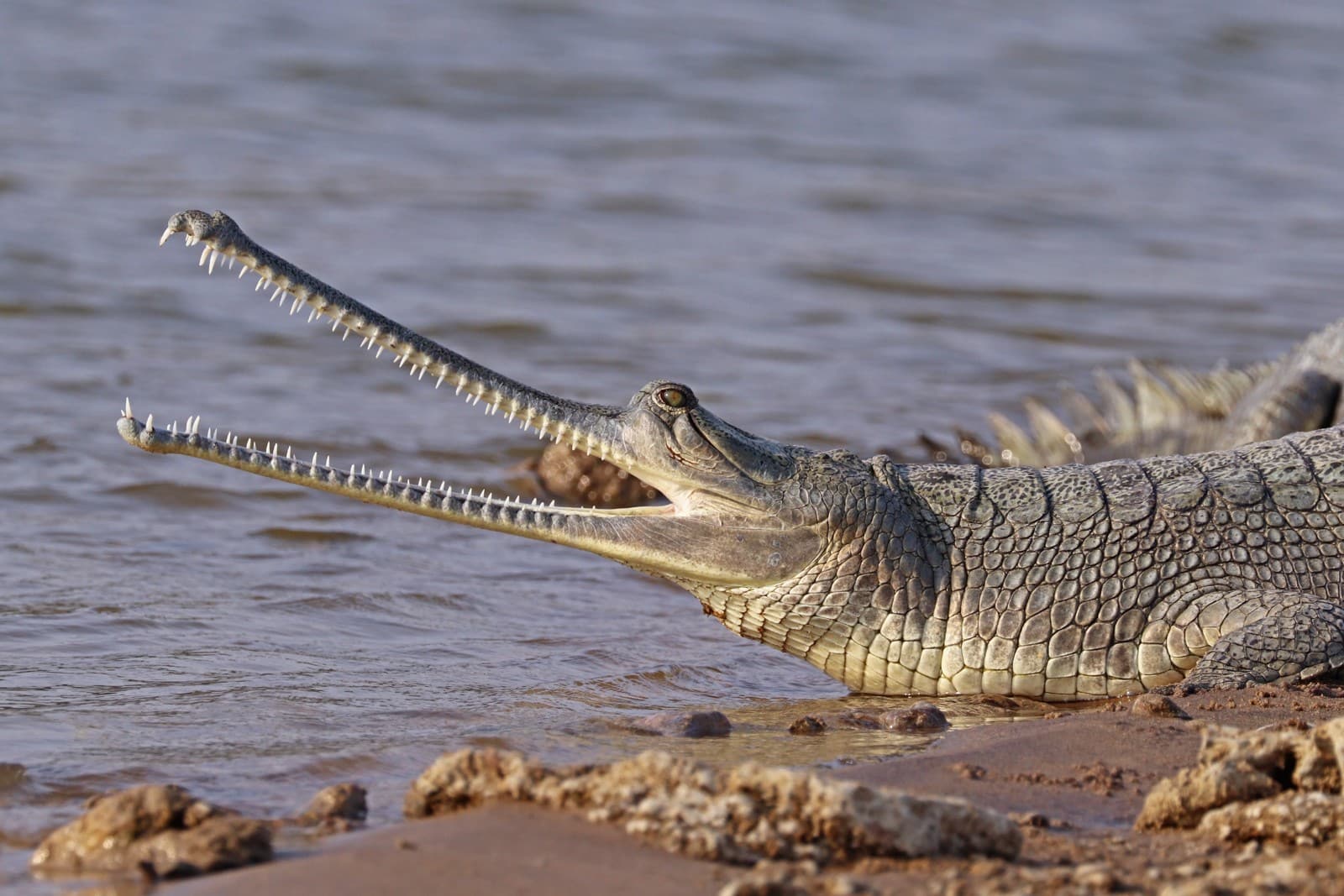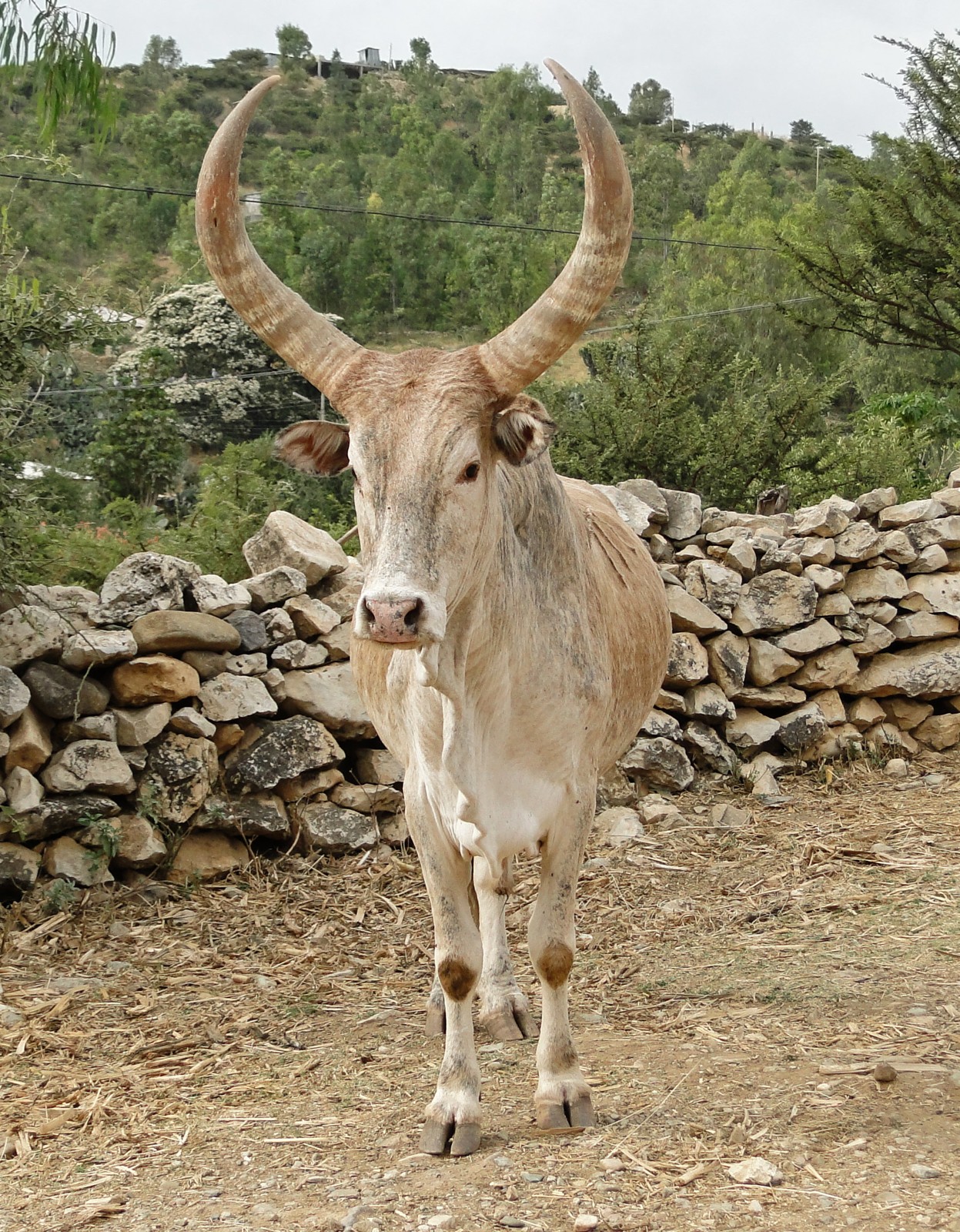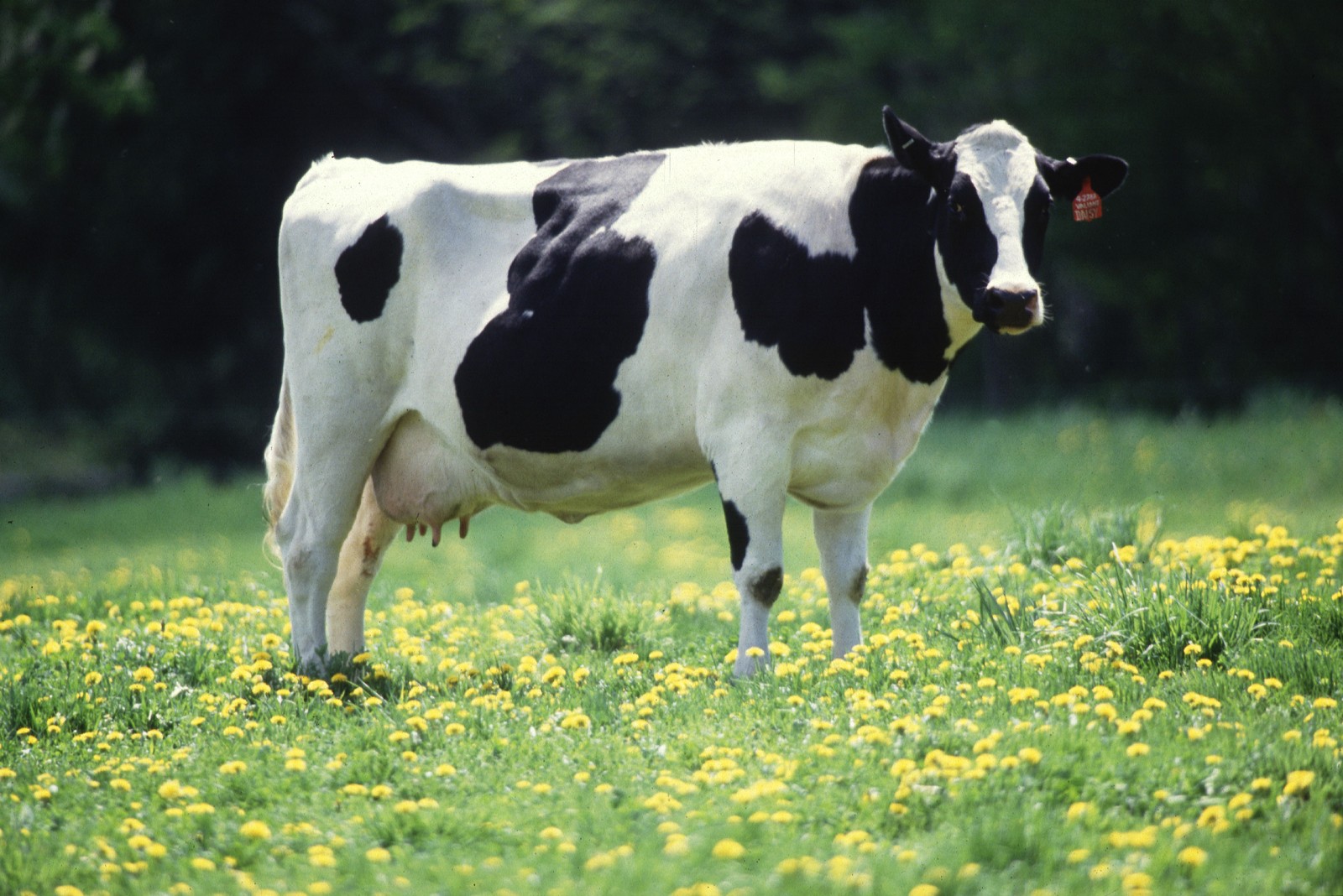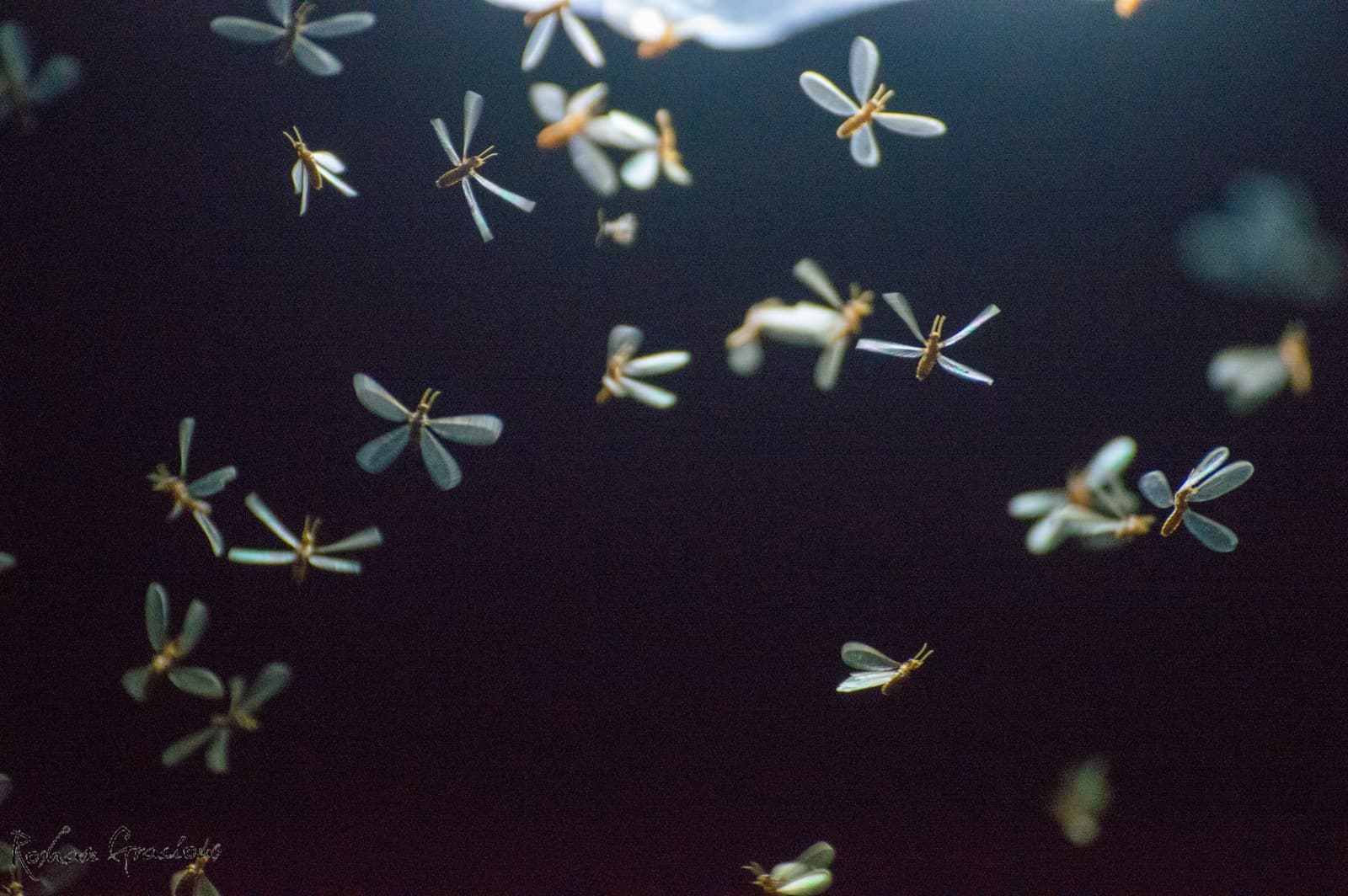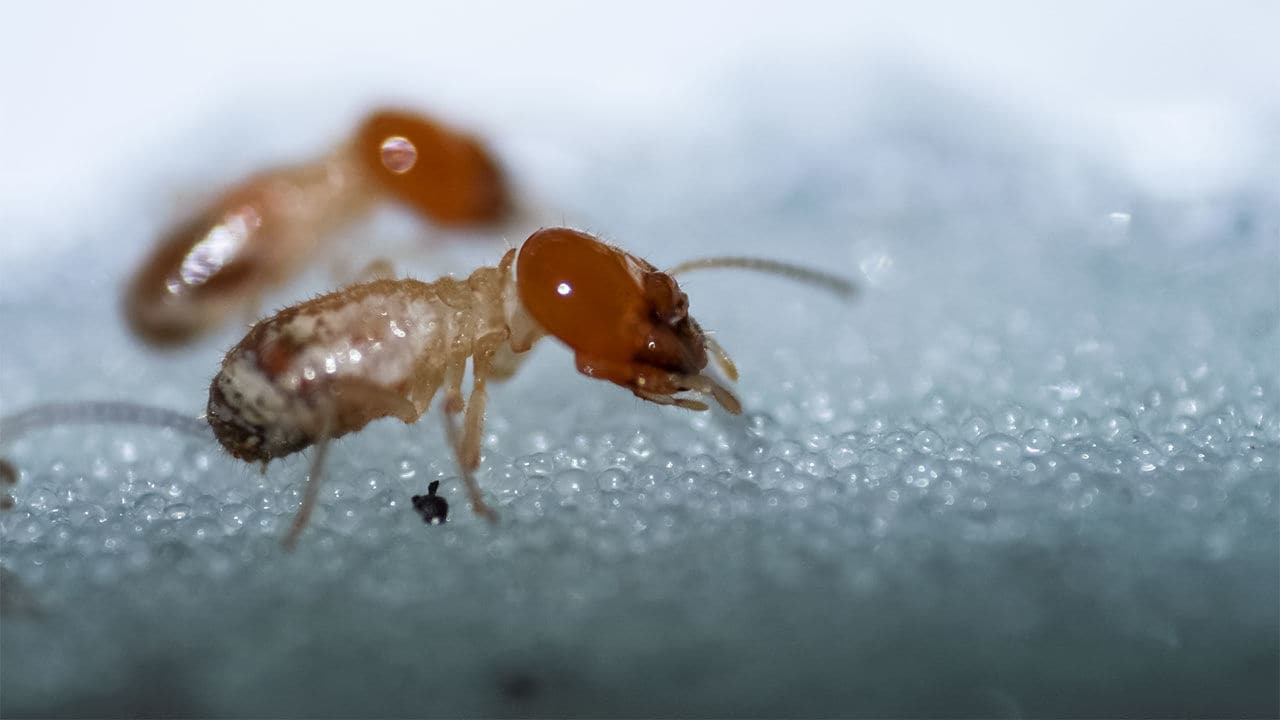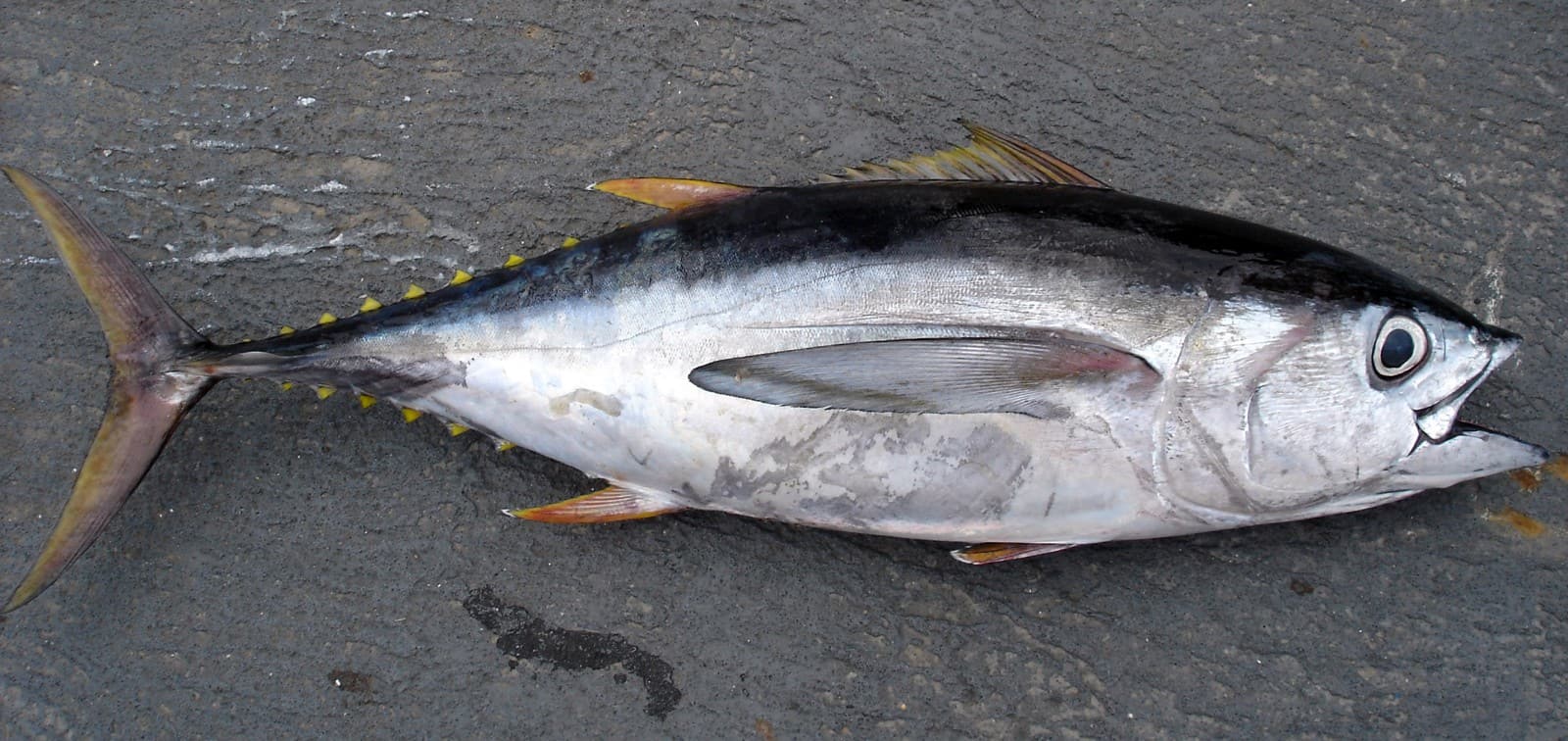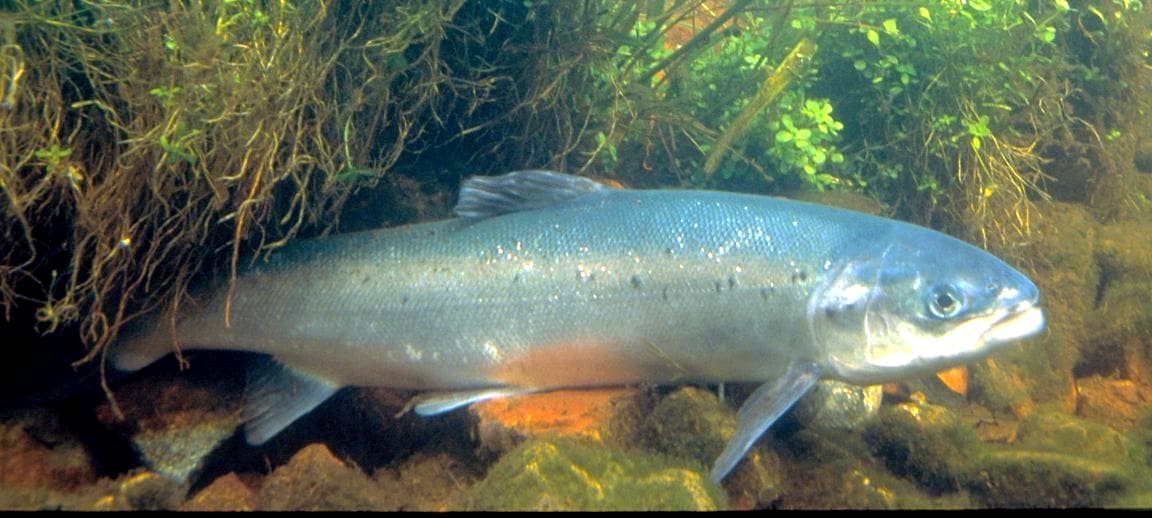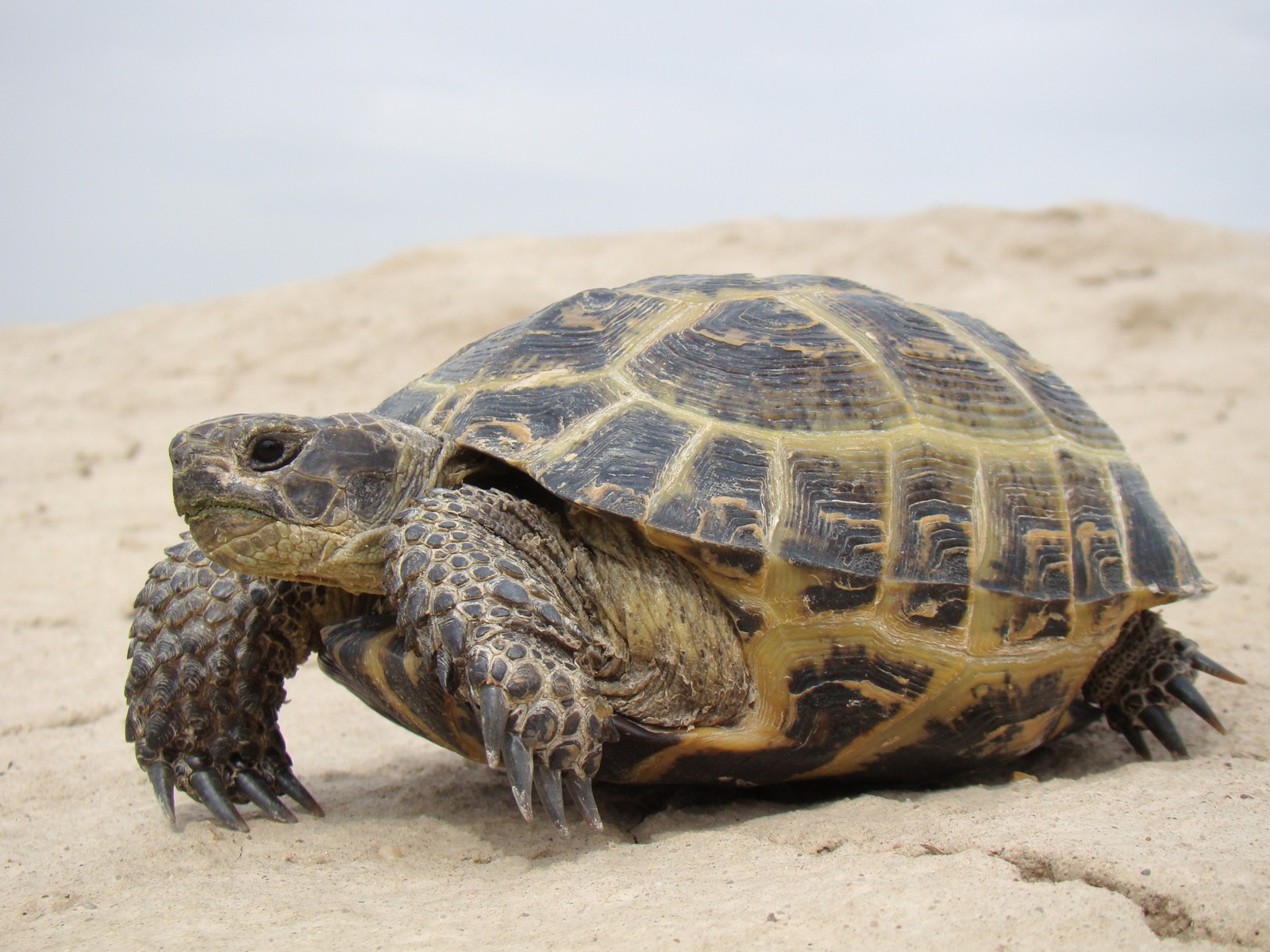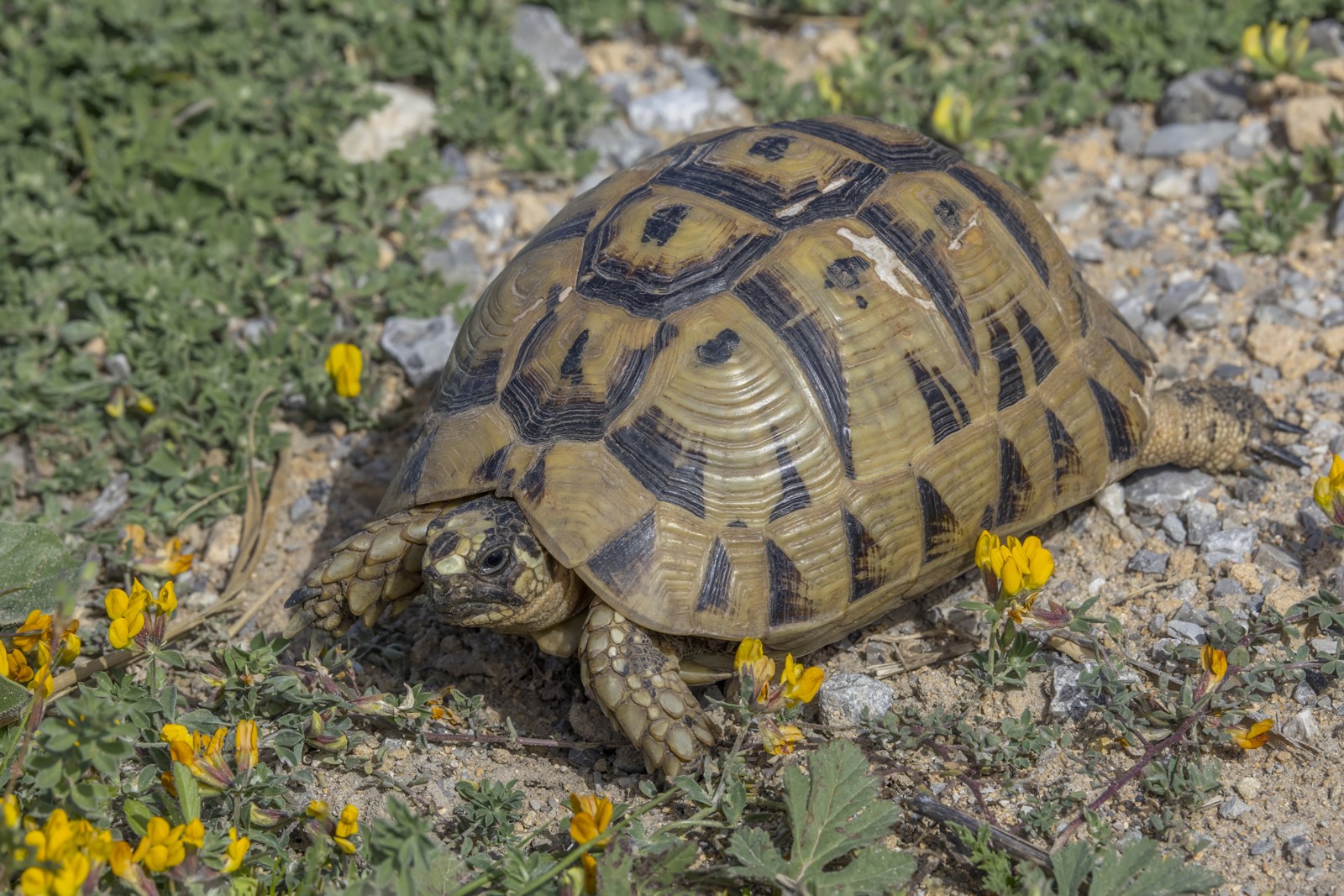Jaguarundi vs Ocelot: A Complete Comparison
The Jaguarundi and Ocelot, while both native to the Americas, represent remarkably different evolutionary paths among wild cats. The Jaguarundi, weighing 8-16 pounds (3.6-7.2 kg), exhibits a unique weasel-like appearance with its elongated body and uniform coloration. In contrast, the larger Ocelot, weighing 18-35 pounds (8.2-15.9 kg), showcases the classic spotted cat pattern that’s made it one of the most recognizable wildcats in the Western Hemisphere.
These fascinating felids differ not just in appearance but in their hunting strategies and preferred habitats. While Ocelots are primarily nocturnal hunters specializing in small mammals, Jaguarundis break the typical cat mold by being mostly active during daylight hours, pursuing everything from rodents to birds with remarkable agility.
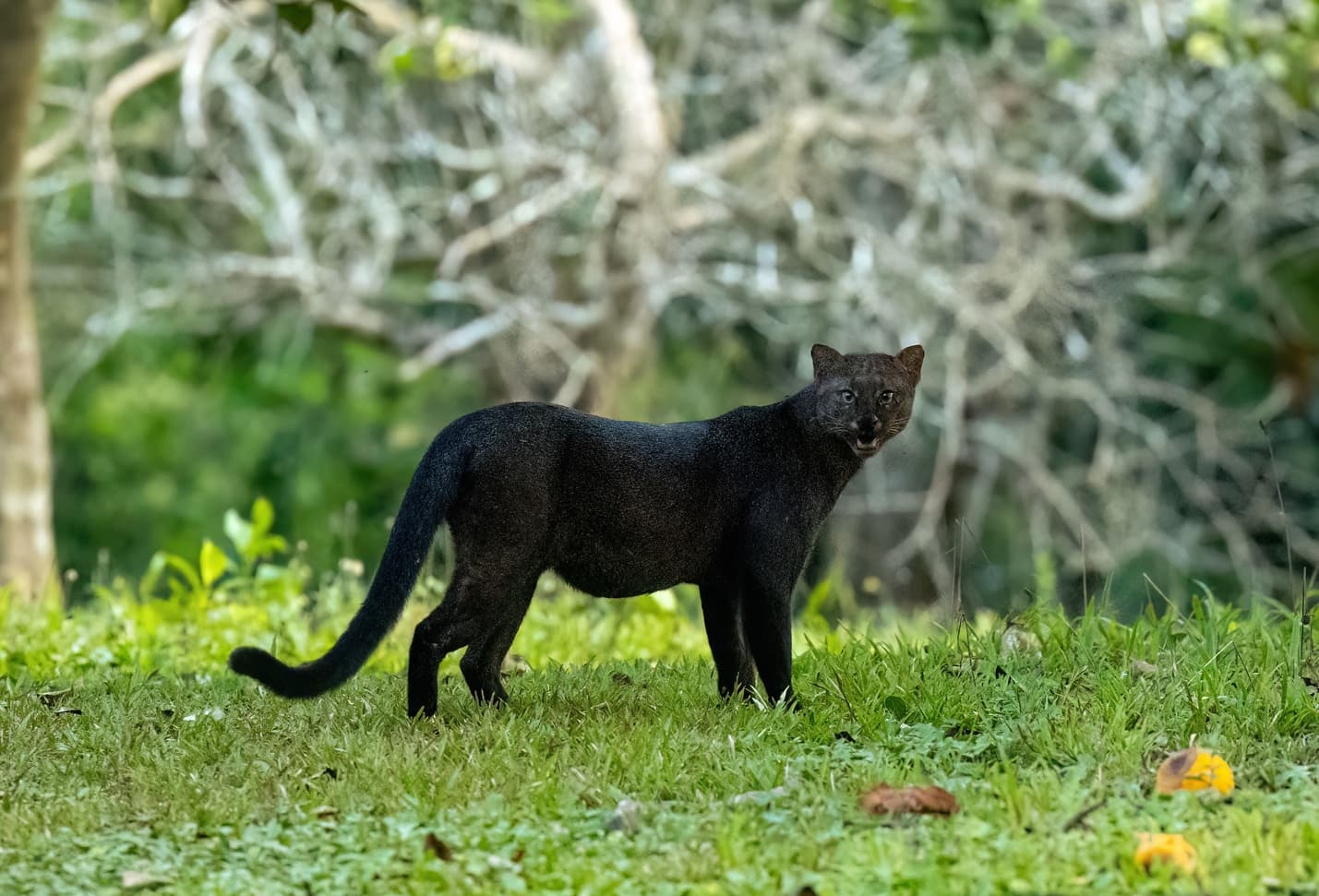
The Jaguarundi’s distinctive streamlined form reflects its unique hunting style, with a long body and short legs adapted for pursuing prey through dense undergrowth. This specimen displays the characteristic dark phase coloration, though the species can also appear in reddish-brown hues.
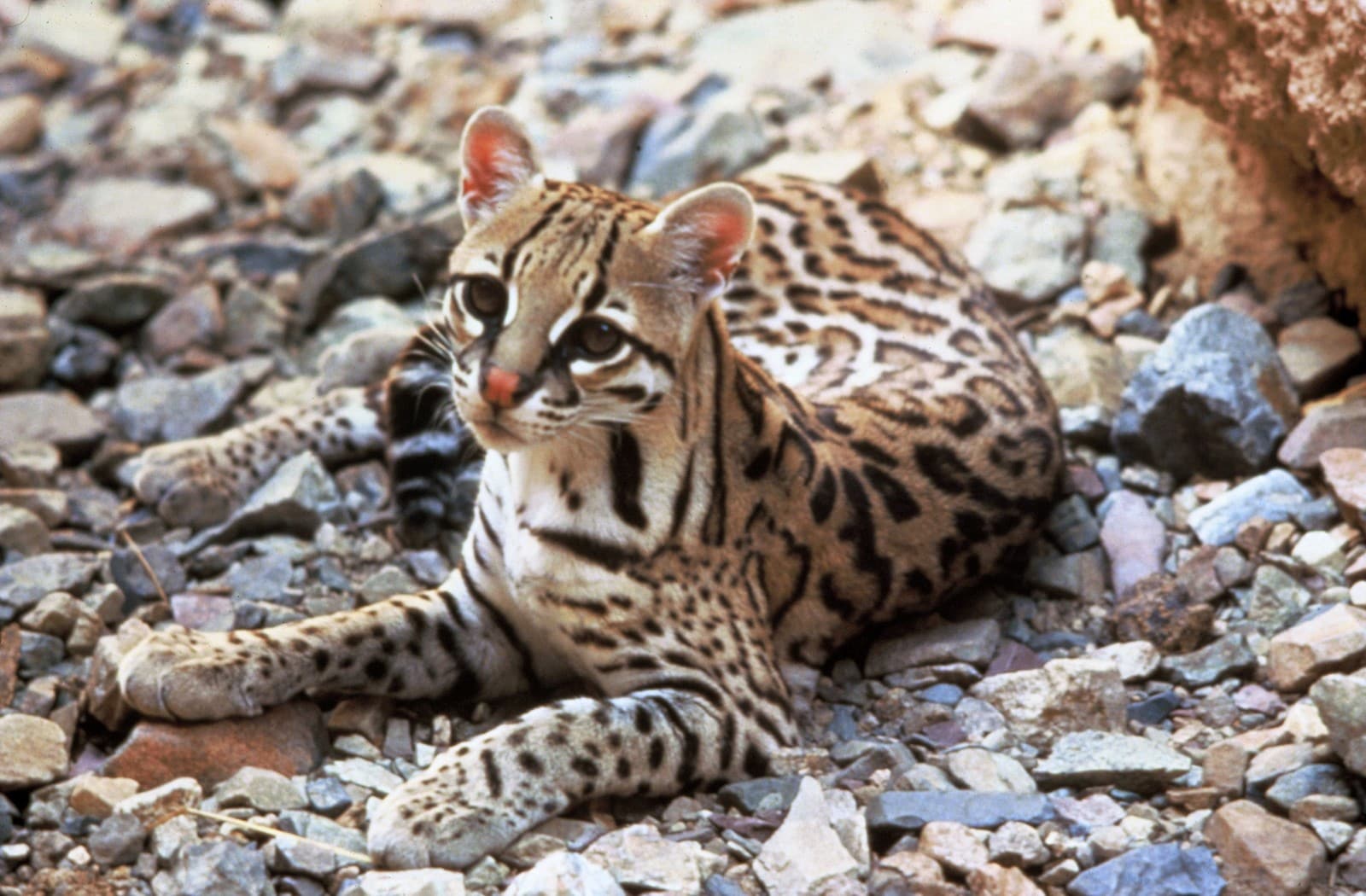
The Ocelot exemplifies the classic spotted cat design, with its distinctive rosette patterns providing perfect camouflage for its nocturnal hunting activities. Note the muscular build and larger head size compared to the Jaguarundi, adaptations that support its specialized hunting strategy.
Key Differences: Jaguarundi vs Ocelot
| Feature | Jaguarundi | Ocelot |
|---|---|---|
| Size | 8-16 lbs (3.6-7.2 kg) | 18-35 lbs (8.2-15.9 kg) |
| Appearance | Uniform color, weasel-like body | Spotted coat, robust build |
| Activity Pattern | Diurnal (day-active) | Nocturnal |
| Habitat Preference | Dense undergrowth, varied elevations | Tropical forests, limited elevation range |
| Hunting Style | Active pursuit hunter | Ambush predator |
| Social Behavior | More tolerant of conspecifics | Strictly solitary |
Habitat and Distribution
Jaguarundis demonstrate remarkable adaptability, thriving from sea level to elevations of 10,500 feet (3,200 meters) across diverse habitats from Arizona to Argentina. Ocelots, while sharing some range overlap, prefer dense tropical forests and rarely venture above 4,000 feet (1,200 meters), showing a more specialized habitat requirement.
Hunting and Behavior
The contrast between these cats extends deeply into their hunting strategies. Jaguarundis actively pursue prey during daylight hours, using their long bodies and short legs to navigate through thick vegetation. Their diet includes a diverse range of small prey, from rodents and birds to reptiles and even fruit.
Ocelots, equipped with superior night vision and powerful builds, employ an ambush strategy during nocturnal hunts. They primarily target prey weighing up to 3 pounds (1.4 kg), showing remarkable efficiency in capturing rats, rabbits, and similar-sized animals.
Who Would Win in a Confrontation?
While direct confrontations between these species are rare in the wild, the Ocelot holds several physical advantages. With nearly twice the body mass, stronger bite force, and more robust musculature, an Ocelot would likely dominate any theoretical encounter. However, Jaguarundis typically avoid conflict through their different activity patterns and habitat preferences.
Conservation Status and Threats
Both species face significant challenges from habitat loss and fragmentation. Ocelots have experienced severe population decline due to historical fur trade and current habitat destruction, while Jaguarundis, though more adaptable, struggle with increasing urbanization and agricultural expansion across their range.
Interesting Facts and Adaptations
- Jaguarundis vocalize more than most wild cats, with up to 13 distinct calls
- Ocelots have the most striking coat pattern among small wild cats, with unique markings like fingerprints
- Unlike most cats, Jaguarundis lack the specialized reflective eye layer, correlating with their daytime activity
- Ocelots can rotate their ankles 180 degrees, enabling head-first descents from trees
Understanding these distinct characteristics helps appreciate how two related species evolved to occupy such different ecological niches while sharing much of the same geographic range. Their continued survival depends on preserving the diverse habitats that support their specialized lifestyles.
